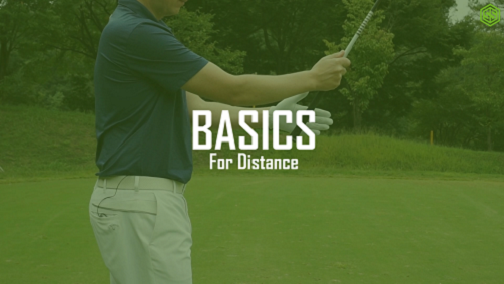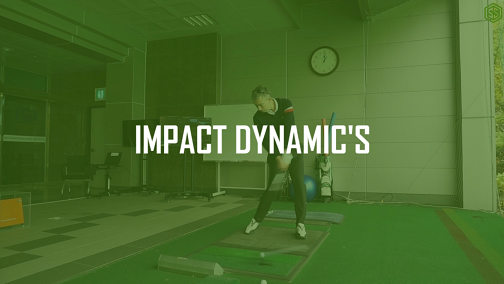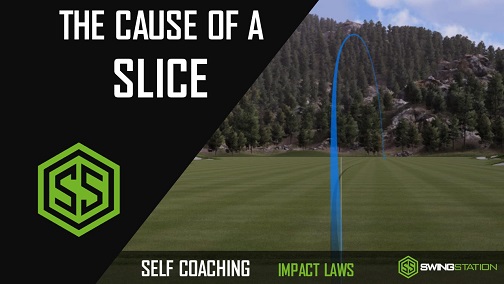What is C – Posture?
How to check your posture
C-Posture occurs when the shoulders are slumped forward at address, and there is a definitive roundness to the back, from the tailbone to the back and neck. This will force a player to keep their backswing short and wide, or they will find it difficult to maintain posture.
What TPI have to say about C-Posture:
The C-Posture is described as an excessive roundness in your upper back and can be caused by the following:
- Limited thoracic spine extension.
- Upper Crossed Syndrome – muscle imbalances including tight pecs, lats, upper traps, and levator scap and weakness in the mid-scapular muscles, serratus anterior, lower traps, and deep neck flexors.
- Scapular instability.
- Instability in the core muscles, causing poor posture and the slouched forward position at address.
- Lack of proper instruction – not understanding the correct setup and posture.
- Lack of pelvic tilt, causing the upper body to bend to address the ball.
- Clubs that are too short.
- Grip that is too much in the fingers of both hands.
If you suffer from C-Posture, focus on articles and tips based on:
Address
Address Posture – Pelvic Tilt
Club Fitting
For a page dedicated to C-Posture with fixes & drills visit: [button style=”Small blue rounded” link=”https://swingstation.com/c-posture/” ]Click Here[/button]
Transcript
C posture swing fault or address fault. This is where your spine is rounded forward in a slumping position. Simple way to test if you’ve got C posture is hold the club against your tailbone, and if your back, your upper body comes away from your club shaft too early, you’re probably in C posture.
Very common fault we would see during the swing from C posture is loss of your posture angles. So you’d see the body changing angles during the golf swing from a C posture position.




